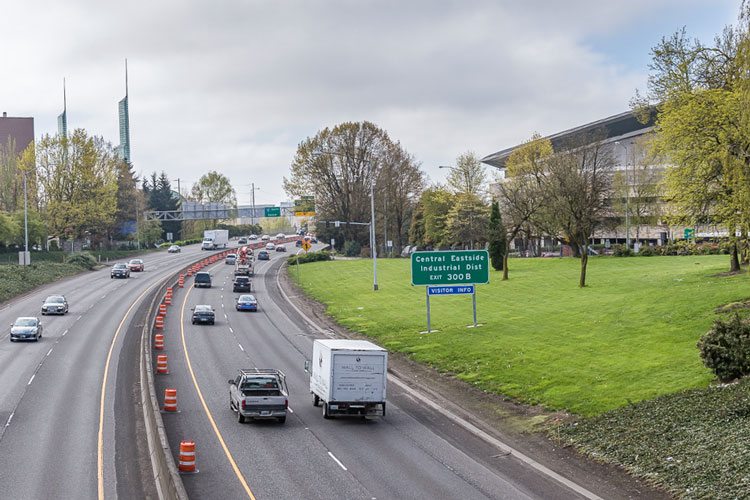
John Ley
For ClarkCountyToday.com
In a stunning admission in a KGW-TV news report, the Oregon legislature’s HB 2017 allows the Oregon Department of Transportation (ODOT) to implement “value pricing” anywhere in Oregon.
Video courtesy KGW TV.
From the news story:
“The bill, known as HB 2017, instructs state transportation officials to create a plan for something called “value pricing” to reduce traffic congestion.
So what is “value pricing?” It’s essentially a toll that varies in price depending on how much traffic is on the highway.”
One option includes changing the price depending on the time of day. For instance, drivers could end up paying a higher toll during rush hour compared to off-peak hours.
Another option: turn HOV lanes into tolled express lanes. That would give drivers the option to pay for a faster lane or drive in more congested lanes for free.

ODOT has until the end of 2018 to ask the Federal Highway Administration (FHA) for permission.
But most stunning, is what’s near the end of the report:
Pending approval from the feds, the legislation calls out two problem areas in Portland for immediate attention: I-5 and I-205 between the Washington border and their junction just north of Wilsonville.
(ODOT Assistant Director Travis) Brouwer said those two areas are the most congested routes in the state and would generate significant revenue.
The bill also gives the Oregon Transportation Commission the power to implement value pricing anywhere else in the state if they see fit to do so.
This open ended authority could allow ODOT to implement their money grab in any location in the state.
Of course what is of greatest concern to SW Washington citizens, is the fact that HB 2017 allows ODOT to toll both I-5 & I-205 “at the border” of Washington. This is an outrage! There is no way for SW Washington citizens to avoid paying the tolls if they need to cross the river.
We learned from the failed Columbia River Crossing (CRC) that in borrowing about $1 billion to fund the $3.5 Billion project, it would require $3.3 billion in tolls over a 30-year period to pay off that debt.
The Oregon transportation plan ties the initial tolls to three main transportation projects in the Portland area, whose total cost is just over $1 billion. Therefore it is not unreasonable to assume the cost to pay off the borrowed funds would be a similar amount — $3.3 billion.
Because of the amazing work done by a local forensic accountant, we learned that an estimated 60–64 percent of the CRC tolls would be paid by SW Washington citizens. That meant $2 billion or more would be taken out of our economy, and put into government and special interest coffers.
That is a huge negative economic impact on our community, most especially low wage earners and single parent families already hard pressed to make ends meet.
Furthermore, the state of Oregon reported that Clark County residents paid $204 million in Oregon income taxes in 2016. Specifically, 72,087 returns were filed. That was a 10 percent increase in the number of total income tax returns filed. The $204 million was an 18 percent increase in total dollars paid over the previous year. Additionally, another $88 million was paid by over 41,000 other Washington residents to Oregon.

John Ley is a Camas resident and ClarkCountyToday.com contributor on subjects that impact the lives of residents in Clark County.




